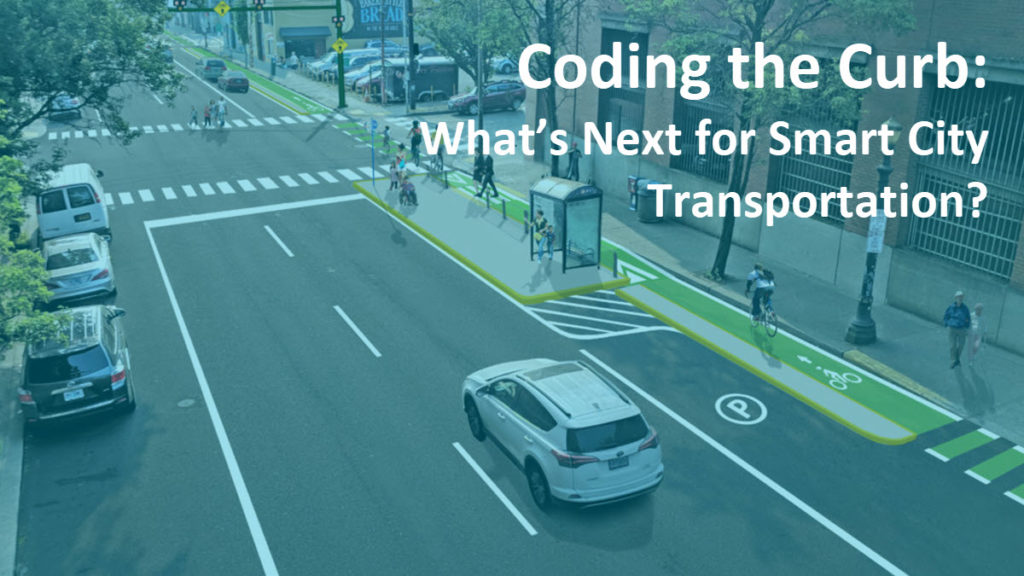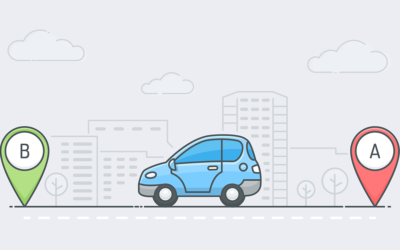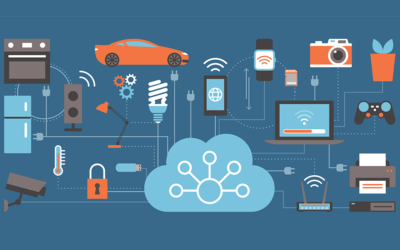Coding the Curb: What’s Next for Smart City Transportation?
The rapid rise of urban dwellers is pushing cities across the globe to become smarter by incorporating information and communication technologies to enhance the overall quality of their urban services. The end result of these efforts in urban pockets around the world — at first theoretically and increasingly, in real life — are called smart cities.
One of the most important pillars of any smart city is an intelligent transportation system. That’s because roads and transport routes are the veins connecting a city’s different organs, with people relying heavily on public transport to gain access to medical care, employment, recreational facilities, and other vital community resources. This is especially true for the most disenfranchised, as the Federal Highway Administration reports that over 90% of public assistance recipients rely on public transportation. Without good transportation systems, urban logistics and businesses would grind to a halt.
Harvesting data as the new oil
That said, smart city transportation is a key area of research for innovators right now, with data in the driver’s seat. Leading futurist Nell Watson emphasizes the importance of data when it comes to pinpointing smart city needs and training machines to address them — which means that sensors and connected devices are the foundation of smart city transport systems. Watson predicts that by 2025, the average person would interact with a connected device nearly 4,800 times a day. The future ubiquity of these sensors will translate to massive amounts of data to help develop new technology. And according to Maryville University‘s data analytics industry outlook, data gathered worldwide is expected to skyrocket to 180 trillion gigabytes per year by 2025. This information can then be used in everything from optimizing driver and commuter routes, to predicting infrastructure repair needs.
Data generated from sensors and connected devices is expected to skyrocket to 180 trillion gigabytes per year by 2025.
Some cities have already begun. Take Oslo’s mass-transit company, Ruter, for example. It not only aims to build a more flexible IT system for operating buses, but it is also looking to turn the buses themselves into data-gathering tools that provide the city with more data for new smart city applications.
Here in the US, startup company Coord recently announced the release of Open Curbs, an open-access platform that pins the locations of wheelchair ramps, fire hydrants, bus stops, and other points of interest along sidewalks. The goal is to allow local officials, researchers, and companies to learn more about the city landscape and create better services for consumers through that data, especially since US curbs are undeniably both overused and overlooked.
The future of smart city transportation
So what, then, are companies and governments planning to do with all this data? Just last year here on UrbanLogiq, we pointed out how issues like parking, freight access, and pedestrian safety continue to be curb-side issues that city leaders need to address.
In this regard, more and more solutions are being developed to help local governments come up with new mobility services. The startup Populus, for one, has been using data from car-sharing service Limepod to improve the use of city curbs in Seattle. Moreover, the state of Colorado is already gearing up to test smart pavements with a tech startup called Integrated Roadways, which produces upgradeable, factory-made concrete with a digitized layer that senses vehicle speed, direction, and location. The aim is to help report accidents faster to city governments, and to reconfigure lanes in order to address congestion.
Meanwhile, other developers are also making smart roads that direct drivers to empty parking spaces, warn them about dangerous road conditions, or even issue speeding tickets to erring drivers via their connected cars. Not to be left behind, car manufacturers are looking to create connected vehicles to read and communicate with smart pavements as well.
Article written by Jen Snow



